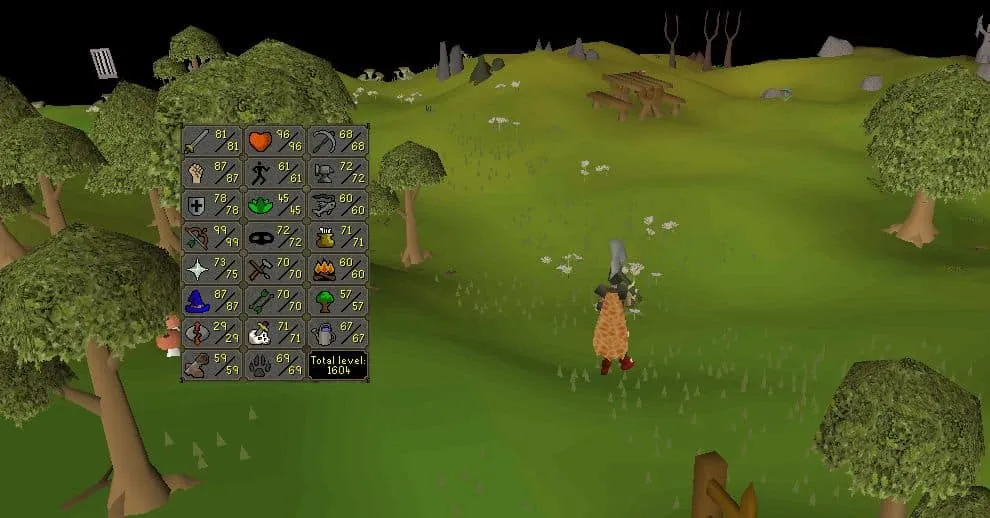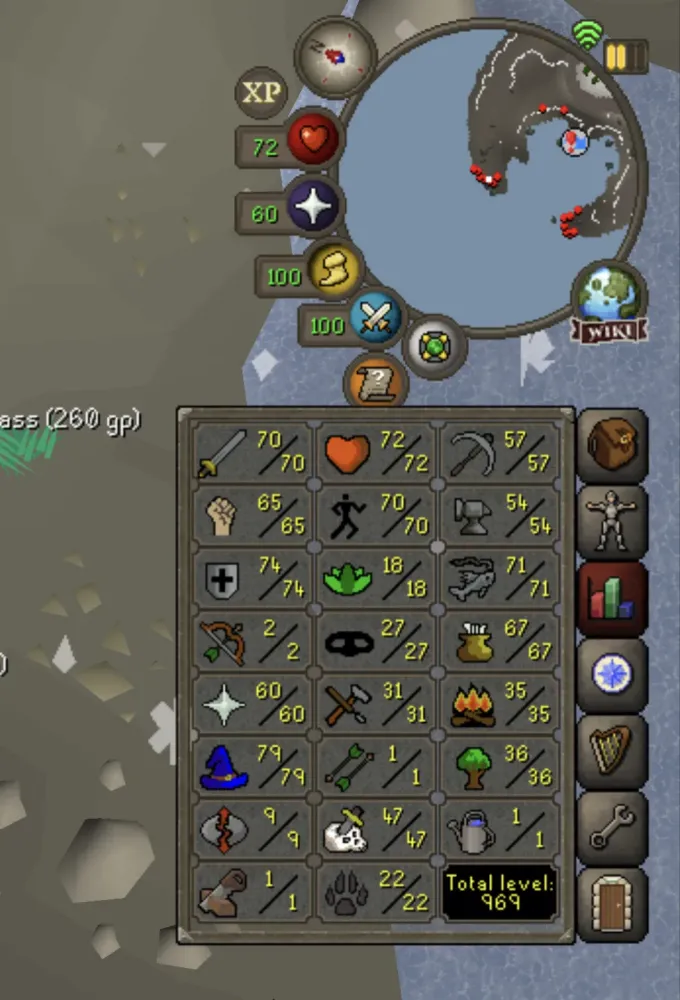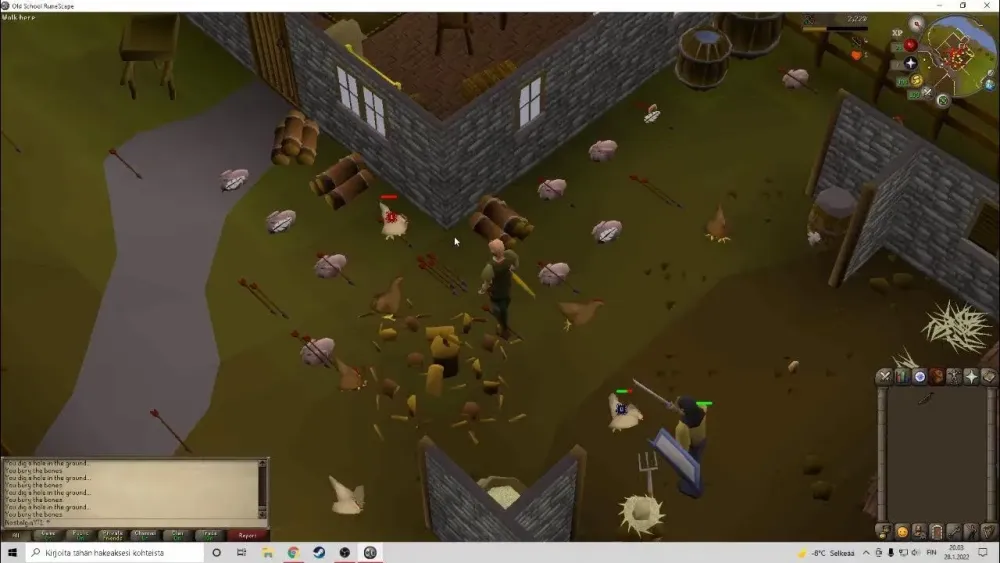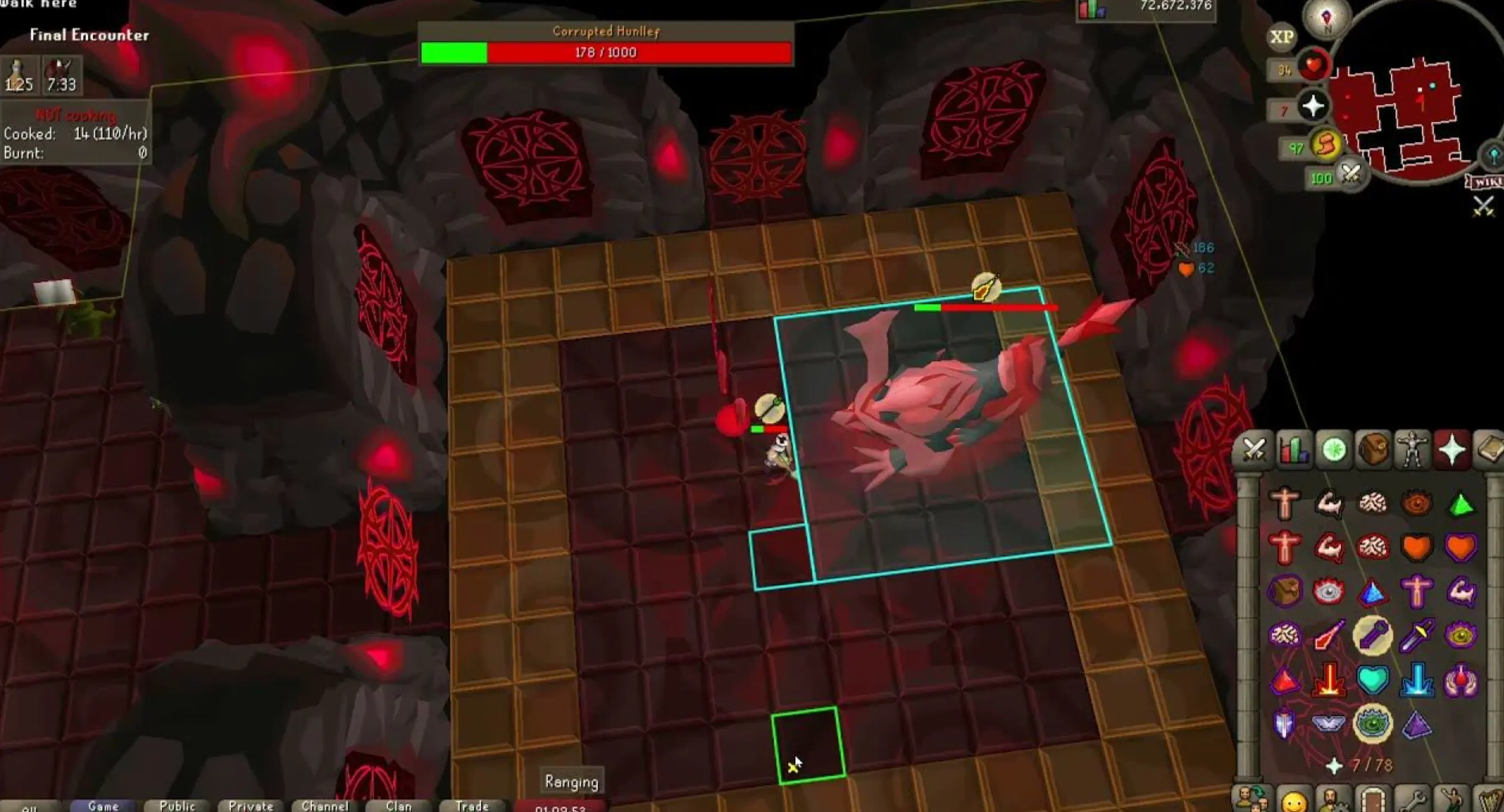Your cart is empty
OSRS Low Level Combat Training Guide for Beginners

Old School RuneScape (OSRS) is a game that thrives on its combat system, offering players a chance to battle monsters, complete quests, and grow stronger. For new players or those with low-level combat skills, training efficiently can feel overwhelming. This guide dives into the best methods for low-level combat training in OSRS, helping you level up Attack, Strength, Defence, and other combat stats quickly and effectively. Whether you’re a free-to-play (F2P) or pay-to-play (P2P) player, we’ve got you covered with practical tips, locations, and strategies.
Low-level combat in OSRS typically refers to players with combat levels between 3 and 40. At this stage, your stats (Attack, Strength, Defence, Hitpoints, Ranged, Magic, and Prayer) are under level 40, and you’re limited in gear, locations, and enemies. The goal is to train efficiently while minimizing risk and maximizing experience (XP) gains.
Why Focus on Combat Training Early?
Combat skills unlock better weapons, quests, and money-making opportunities. For example, reaching 40 Attack lets you wield rune weapons, while higher Strength boosts your damage output. Early combat training also prepares you for Slayer tasks and bossing later in the game.
F2P vs. P2P Combat Training
Free-to-play players have fewer options but can still train effectively with accessible monsters and gear. Pay-to-play players benefit from members-only areas, better equipment, and quests that grant XP. This guide covers both to suit your account type.
Best Low-Level Combat Training Spots

Choosing the right training spot is critical for low-level players. Below are the best locations for F2P and P2P players, focusing on safe, high-XP enemies.
Chickens (F2P and P2P)
Chickens are the go-to starting point for combat levels 3–20. They’re weak, drop feathers (stackable for profit), and have low Defence.
- Location: Lumbridge chicken coop (F2P) or Freda’s farm in Catherby (P2P).
- XP Rates: ~5,000–10,000 XP/hour per skill.
- Recommended Gear: Iron or steel armor, scimitar for melee, or shortbow for Ranged.
- Tip: Collect feathers to sell for early gold (2–5 GP each).
Cows (F2P and P2P)
Cows are ideal for combat levels 10–30. They drop cowhides, which sell for ~150–200 GP each, making them great for money-making while training.
- Location: Lumbridge cow field (F2P) or Zanaris cow pen (P2P).
- XP Rates: ~10,000–15,000 XP/hour per skill.
- Recommended Gear: Mithril or adamant weapons, leather armor for Ranged.
- Tip: Bank cowhides in Lumbridge for profit (~20,000 GP/hour).
Rock Crabs (P2P)
Rock Crabs are a P2P favorite for combat levels 20–40 due to their high Hitpoints, low Defence, and minimal damage output.
- Location: Rellekka’s northern shore.
- XP Rates: ~20,000–30,000 XP/hour per skill.
- Recommended Gear: Rune scimitar, amulet of strength, rune armor.
- Tip: Reset aggro by running a short distance to keep crabs attacking.
Combat Training Methods and Styles

OSRS offers three main combat styles: Melee, Ranged, and Magic. Each has unique benefits for low-level training, and switching styles can optimize XP gains.
Melee Training
Melee is the most straightforward for beginners, focusing on Attack, Strength, and Defence.
- Attack: Improves accuracy; train to unlock better weapons (e.g., 20 for adamant, 30 for rune).
- Strength: Boosts max hit; prioritize for faster kills.
- Defence: Reduces damage taken; useful for tougher enemies.
Tip: Use a scimitar for its fast attack speed and train Strength after reaching your desired Attack level.
Ranged Training
Ranged is safe and effective, especially in safe spots where enemies can’t retaliate.
- Gear: Leather armor, shortbow, and bronze or iron arrows (F2P); oak shortbow for P2P.
- Spots: Cows or goblins in Lumbridge (F2P); Hill Giants in Edgeville Dungeon (P2P).
- XP Rates: ~10,000–20,000 XP/hour.
Tip: Pick up arrows to save money, especially in F2P.
Magic Training
Magic is costly but versatile, offering both combat and utility spells.
- Spells: Wind Strike (level 1) or Fire Strike (level 13) for low-level training.
- Spots: Chickens or goblins (F2P); Lesser Demons in Karamja Volcano (P2P, use safe spots).
- Tip: Buy runes in bulk from the Grand Exchange or use a staff to save air runes.
Recommended Gear and Inventory Setup
Low-level players need affordable, effective gear to maximize training efficiency. Below is a table summarizing the best gear for each combat style.
| Combat Style | Weapon | Armor | Accessories | Cost (GP) |
|---|---|---|---|---|
| Melee | Mithril/Adamant Scimitar | Mithril Armor | Amulet of Strength | ~10,000–50,000 |
| Ranged | Oak Shortbow | Leather Armor | Amulet of Power | ~5,000–20,000 |
| Magic | Staff of Air | Wizard Robes | Amulet of Magic | ~5,000–15,000 |
Inventory Setup
Your inventory should prioritize food, potions, and training supplies:
- Food: Trout or salmon (F2P: buy from Grand Exchange; P2P: fish your own).
- Potions: Strength potion (P2P) for melee; Magic potion for spell damage.
- Runes/Arrows: Bring extra for Magic or Ranged training.
- Teleport Tabs: Lumbridge or Falador tabs for quick escapes.
Tip: Keep 4–8 food slots for safe training; adjust based on enemy difficulty.
Quests for Combat XP Rewards
Quests are a fantastic way to boost combat stats without grinding. Below are low-level quests with combat XP rewards, suitable for F2P and P2P players.
F2P Quests
- Vampire Slayer: 4,825 Attack XP (requires level 15 Attack).
- The Grand Tree: 2,150 Attack XP (P2P but accessible early).
P2P Quests
- Waterfall Quest: 13,750 Attack and Strength XP (no combat requirements).
- Fight Arena: 12,175 Attack XP and 2,175 Thieving XP.
- Tree Gnome Village: 11,450 Attack XP.
Tip: Complete Waterfall Quest early for a massive XP boost, jumping your Attack and Strength to level 30 instantly.
Training combat at low levels in OSRS doesn’t have to be daunting. By targeting the right monsters, using optimal gear, and leveraging quests, you can quickly progress to mid-level content. Start with chickens or cows for safe, profitable training, then move to Rock Crabs for higher XP rates (P2P). Mix in Ranged or Magic for variety, and don’t skip quests like Waterfall Quest for quick XP. With this guide, you’re well on your way to becoming a formidable adventurer in Gielinor. Happy training!

